The Senate is heading toward the passage of a $550 billion infrastructure bill. The Democratic and Republican senators who negotiated the plan spent the weekend haggling over last-minute details and combing through the 2,702-page bill text before submitting it to the full Senate.
The legislation would provide broad subsidies for American roads, American drinking water, and America’s electrical grid. It includes about $110 billion in new spending for roads and bridges, $73 billion for power grid upgrades, $66 billion for rail and Amtrak, and $65 billion for broadband expansion. It also would provide $55 billion for clean drinking water and $39 billion for transit.
A wide variety of measures will pay for the bill. Democrats were unwilling to cut much spending elsewhere. At the same time, Republicans early on declared a “red line” against Biden’s plans to raise taxes on corporations and the wealthy. Biden, in turn, opposed the regressive proposals of raising the gas tax or imposing a tax on electric vehicles.
Known to be included in the bipartisan deal on a federal infrastructure bill are:
Spending in the Federal Infrastructure Bill
Roads, Bridges, and Major Projects
The Bipartisan Infrastructure Deal will invest $110 billion of new funds for roads, bridges, and major projects, and reauthorize the surface transportation program for the next five years building on bipartisan surface transportation reauthorization bills passed out of committee earlier this year. This investment will repair and rebuild roads and bridges with a focus on climate change mitigation, resilience, equity, and safety for all users, including cyclists and pedestrians. The bill includes a total of $40 billion of new funding for bridge repair, replacement, and rehabilitation. The bill also includes around $16 billion for major projects.
Safety
The deal invests $11 billion in transportation safety programs, including a new Safe Streets for All program to help states and localities reduce crashes and fatalities in their communities, especially for cyclists and pedestrians. It will more than double funding directed to programs that improve the safety of people and vehicles in the transportation system, including highway safety, truck safety, and pipeline and hazardous materials safety.
Public Transit
The deal invests $39 billion of new investment to modernize transit and improve accessibility for the elderly and people with disabilities, in addition to continuing the existing transit programs for five years as part of surface transportation reauthorization. It will repair and upgrade aging infrastructure, modernize bus and rail fleets, make stations accessible to all users, and bring transit service to new communities. It will replace thousands of transit vehicles, including buses, with clean, zero emission vehicles.
Passenger and Freight Rail
Passenger rail lacks a multi-year funding stream to address deferred maintenance, enhance existing corridors, and build new lines in high-potential locations. The deal invests $66 billion in rail to eliminate the Amtrak maintenance backlog, modernize the Northeast Corridor, and bring world-class rail service to areas outside the northeast and mid-Atlantic. Within these totals, $22 billion would be provided as grants to Amtrak, $24 billion as federal-state partnership grants for Northeast Corridor modernization, $12 billion for partnership grants for intercity rail service, including high-speed rail, $5 billion for rail improvement and safety grants, and $3 billion for grade crossing safety improvements.
EV Infrastructure
The bill invests $7.5 billion to build out a national network of EV chargers. The bill will provide funding for deployment of EV chargers along highway corridors to facilitate long-distance travel and within communities to provide convenient charging where people live, work, and shop.
Electric Buses
The deal will deliver thousands of electric school buses nationwide, including in rural communities, helping school districts across the country buy clean, American-made, zero emission buses, and replace the yellow school bus fleet for America’s children. The deal invests $2.5 billion in zero emission buses, $2.5 billion in low emission buses, and $2.5 billion for ferries.
Reconnecting Communities
The bill also addresses instances where previous federal transportation investments divided communities. The deal creates a first-ever program to reconnect communities divided by transportation infrastructure. The program will fund planning, design, demolition, and reconstruction of street grids, parks, or other infrastructure through $1 billion of dedicated funding.
Airports, Ports, and Waterways
The bill invests $17 billion in port infrastructure and $25 billion in airports to address repair and maintenance backlogs, reduce congestion and emissions near ports and airports, and drive electrification and other low-carbon technologies.
Resilience and Western Water Infrastructure
The deal addresses the need to improve infrastructure resilience to the impacts of climate change and cyber attacks, with an investment of over $50 billion. This includes funds to protect against droughts and floods, in addition to a major investment in weatherization.
Clean Drinking Water
The deal includes a $55 billion investment in clean drinking water, including dedicated funding to replace lead service lines and the chemical PFAS (per- and polyfluoroalkyl).
High-Speed Internet
The deal also includes a $65 billion investment in reliable high-speed internet with an investment in broadband infrastructure deployment.
The bill will also require funding recipients to offer a low-cost affordable plan, by creating price transparency and helping families comparison shop, and by boosting competition in areas where existing providers aren’t providing adequate service. It will also include the Digital Equity Act, ending digital redlining, and creating a permanent program to help more low-income households access the internet.
Environmental Remediation
The deal invests $21 billion in environmental remediation, making the largest investment in addressing the legacy pollution. The bill includes funds to clean up superfund and brownfield sites, reclaim abandoned mine land and cap orphaned gas wells.
Power Infrastructure
As the recent Texas power outages demonstrated, America’s aging electric grid needs urgent modernization. The deal’s $73 billion investment upgrades power infrastructure, including by building thousands of miles of new, resilient transmission lines to facilitate the expansion of renewable energy. It creates a new Grid Deployment Authority, invests in research and development for advanced transmission and electricity distribution technologies, and promotes smart grid technologies that deliver flexibility and resilience. It invests in demonstration projects and research hubs for next generation technologies like advanced nuclear reactors, carbon capture, and clean hydrogen.
Revenue Raisers in the Federal Infrastructure Bill
Here are some of the significant ways that the bill would offset spending costs:
- $205 billion from using unspent pandemic relief funds appropriated in earlier legislation;
- $21 billion from fees on government-sponsored enterprise;
- $28 billion from increasing tax reporting rules for cryptocurrency investors;
- $49 billion for delaying the Medicare rebate rule;
- $50 billion from recouping unemployment benefits claimed by fraudsters;
- $53 billion from unspent unemployment benefits from states that ended the enhanced payments early;
- $56 billion in additional tax revenue from the extra economic growth generated from the infrastructure improvements;
- $20 billion from spectrum auction sales; and
- $13 billion from a Superfund fee on corporations that pollute.
Other Federal Articles:
- Earmarks’ Return to Capitol Hill
- The Biden Administration’s Budget Proposal Highlights
- What’s in the American Rescue Plan
Latest News
Photo credit: iStock.com/Maha1450 In honor of Presidents’ Day, there is no better time than now to reflect on the significant legislative and executive achievements of our nation's leaders. Throughout the last nearly 250 years, each [...]
Photo Credit: iStock.com/William_Potter H.R. 3746 is a complex bill that aims to address critical financial issues in the United States. It suspends the debt ceiling, imposes spending limits, introduces work requirements, and adjusts energy permitting [...]
Photo credit: iStock.com/BackyardProduction On March 9, 2023, the White House released President Biden’s proposed budget for Fiscal Year 2024. The budget, representing $6 trillion in spending, aims to address several key issues, including climate change, [...]
Photo credit: iStock.com/Alejo Vazquez The U.S. House of Representatives agreed to H. Res. 5, the rules package to govern the 118th Congress, 220–213 on January 9, 2023. Under the rules, a single member of the [...]

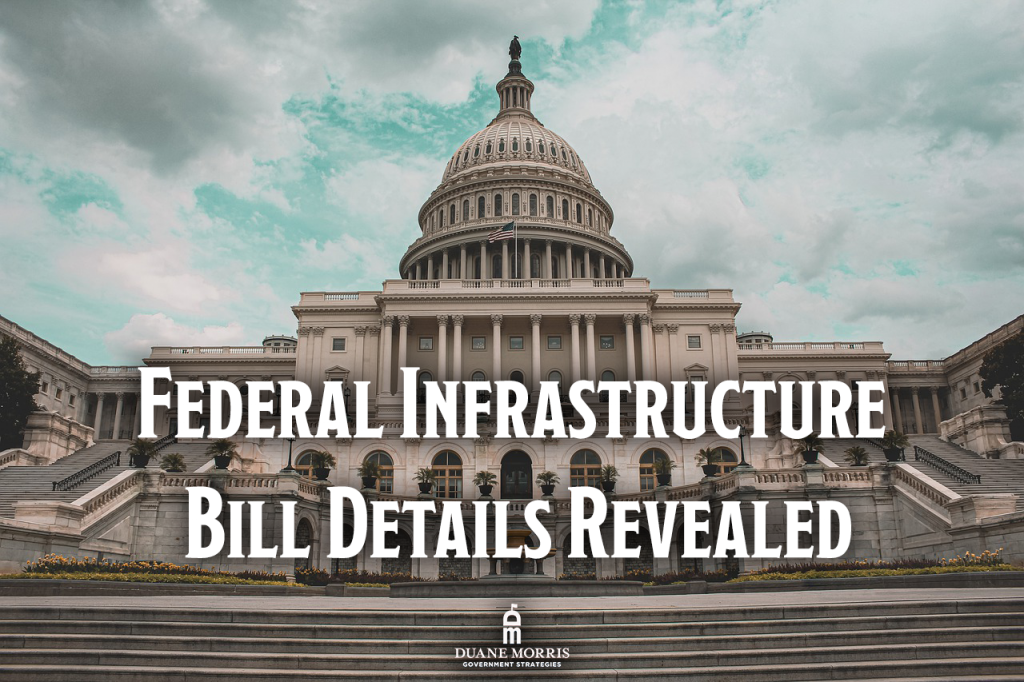
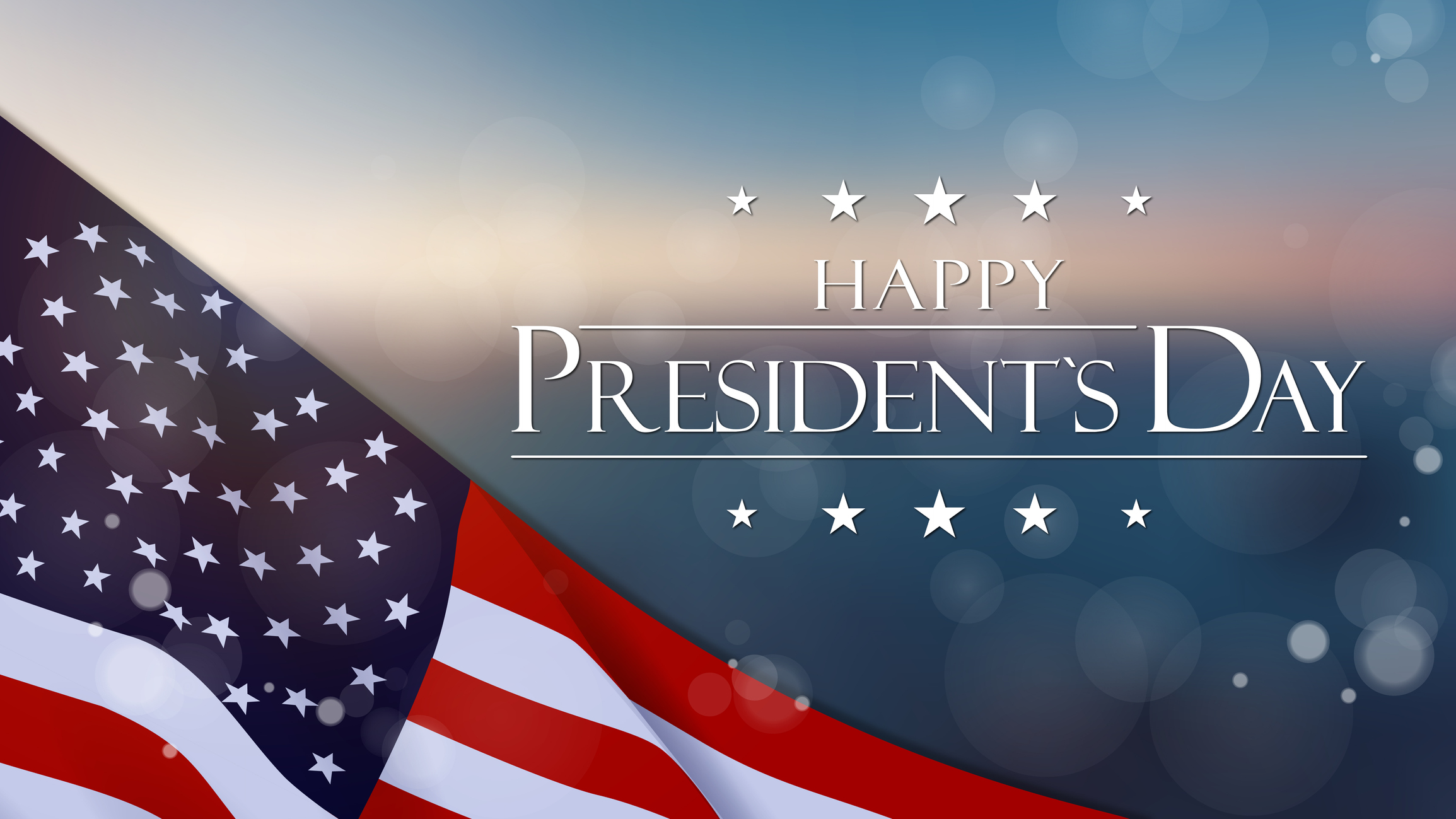
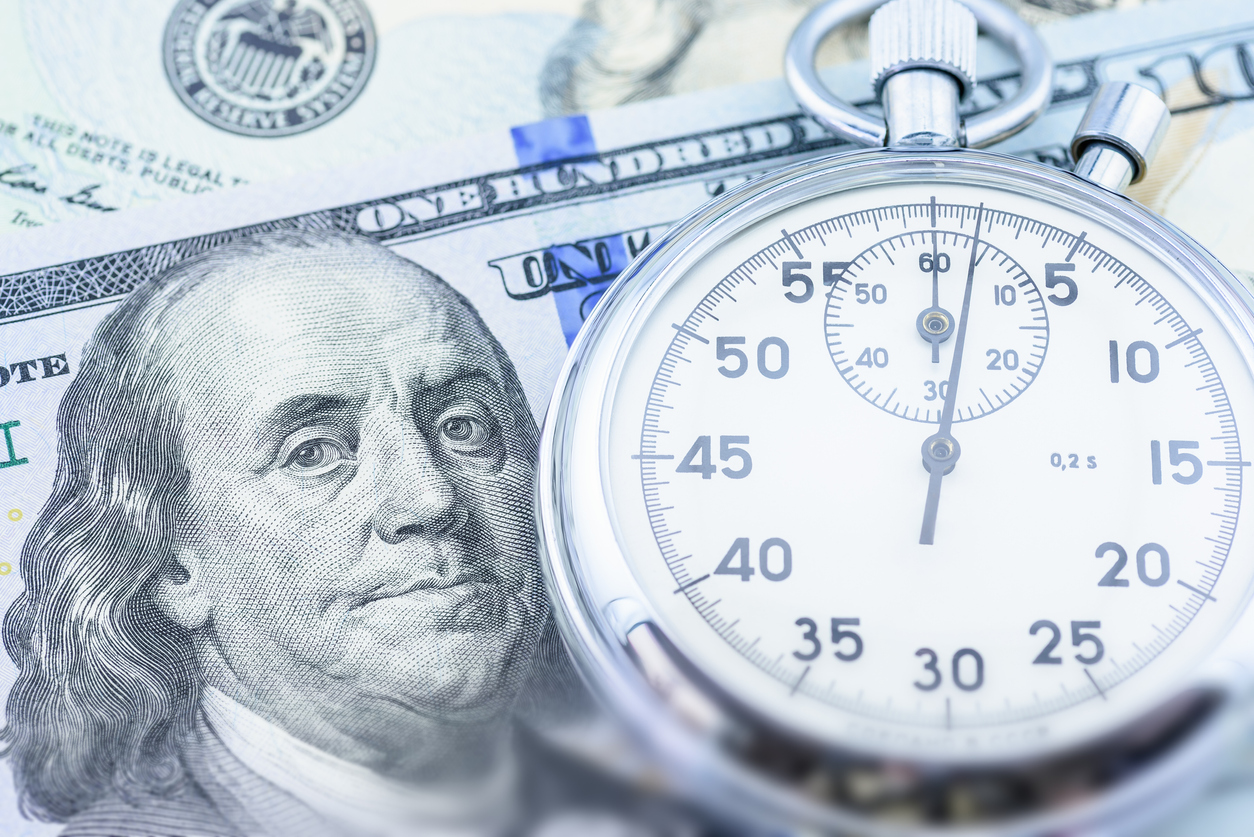
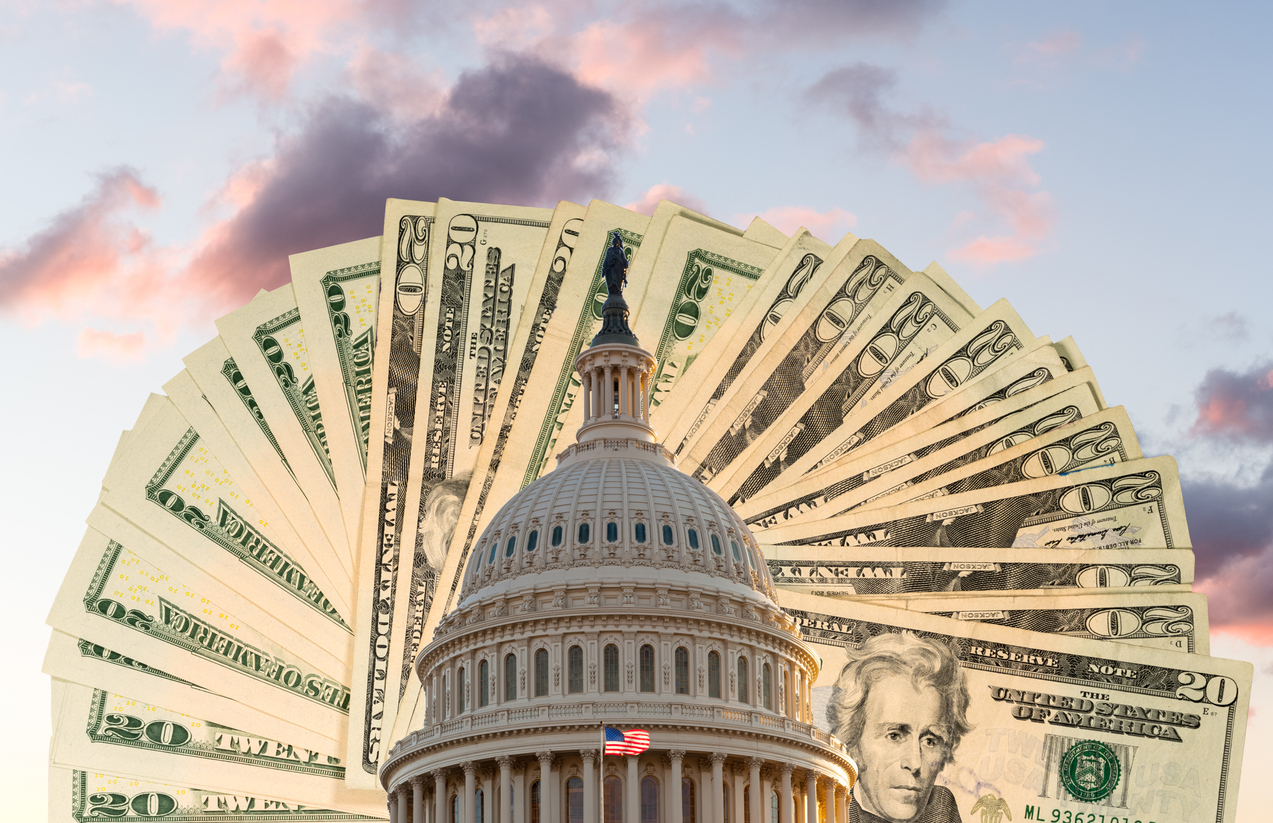
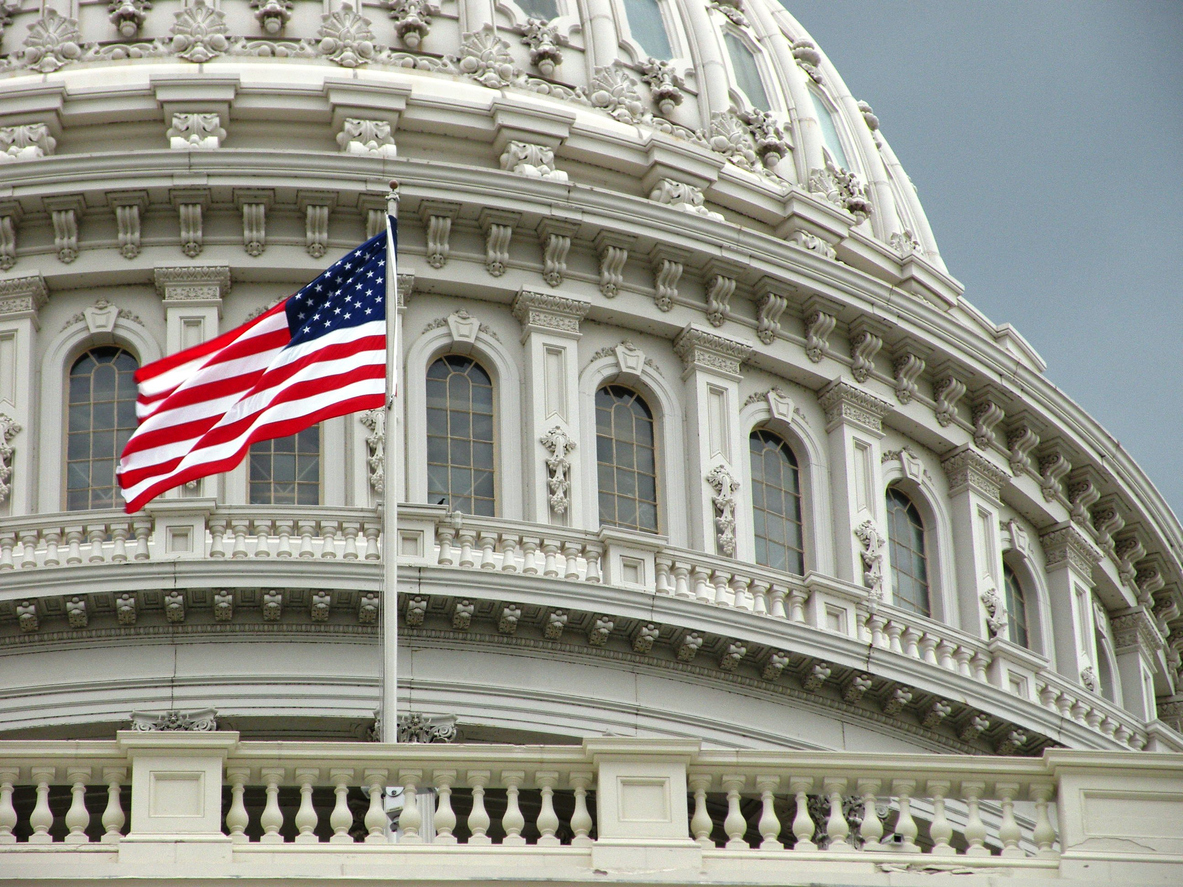

Stay In Touch